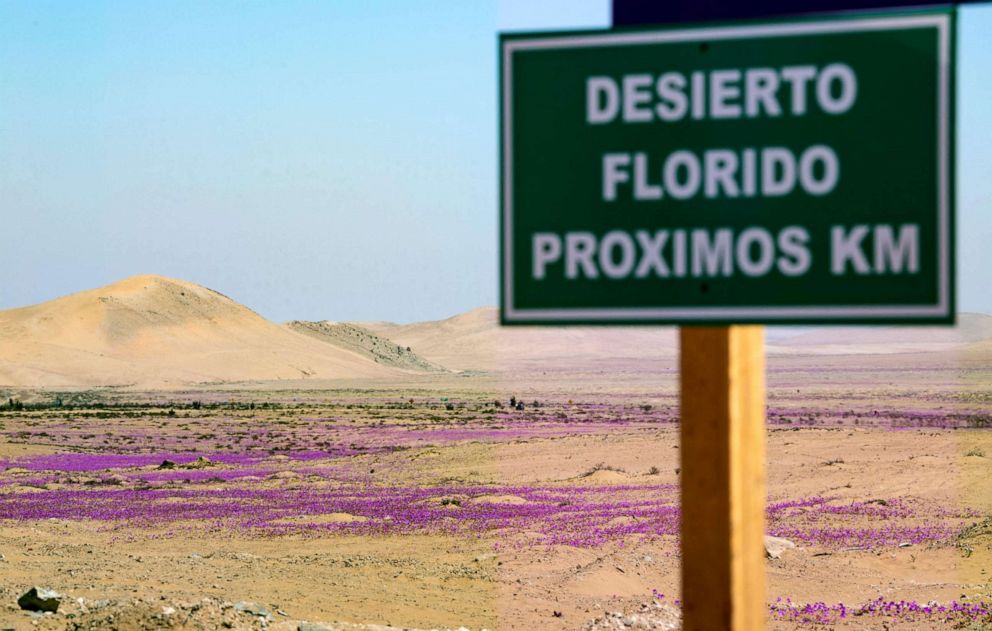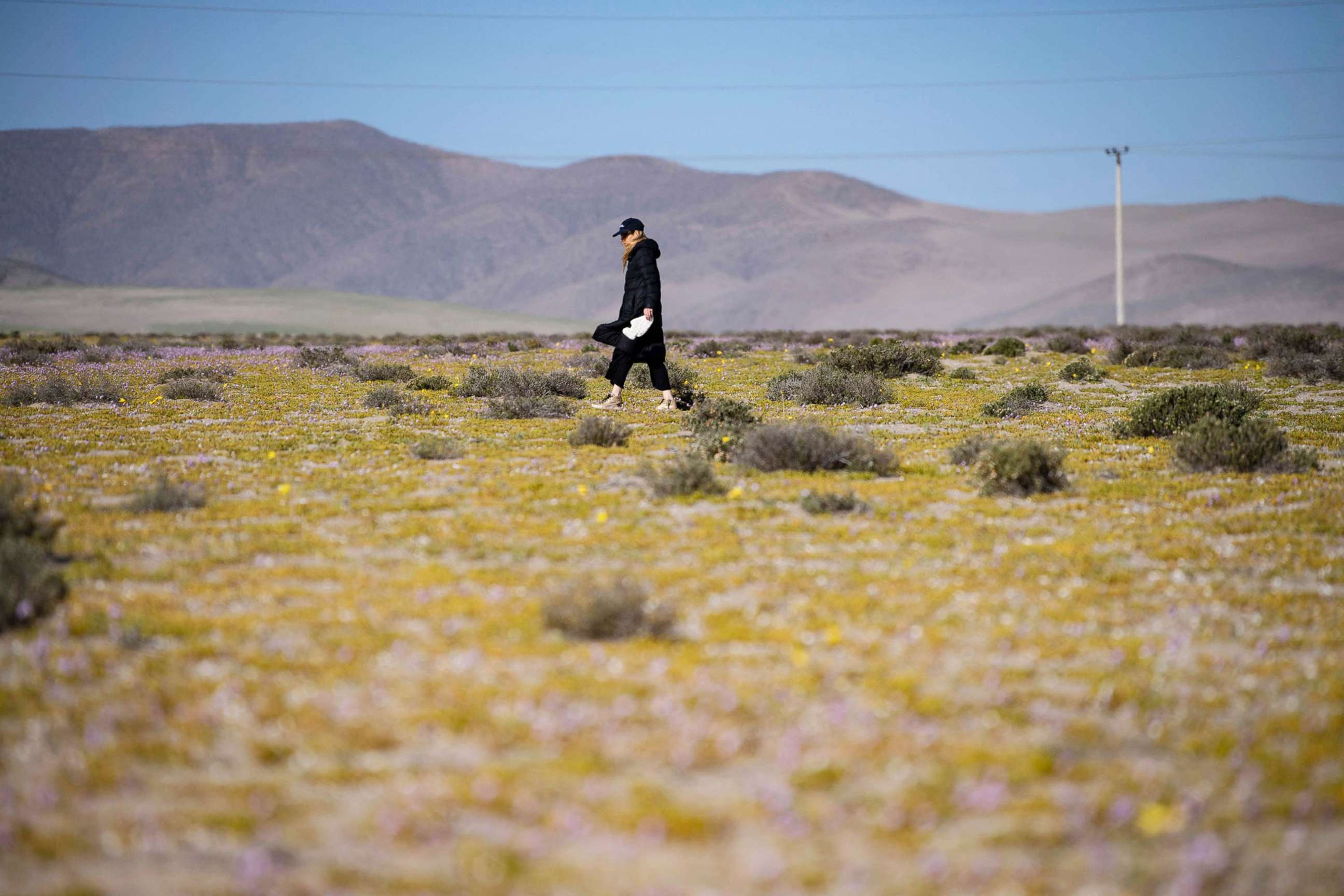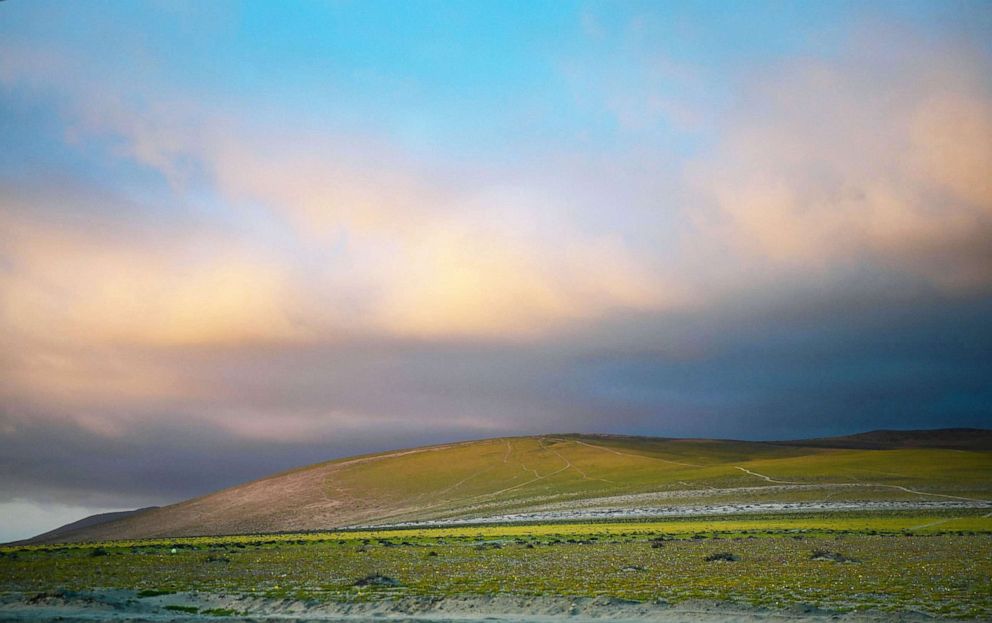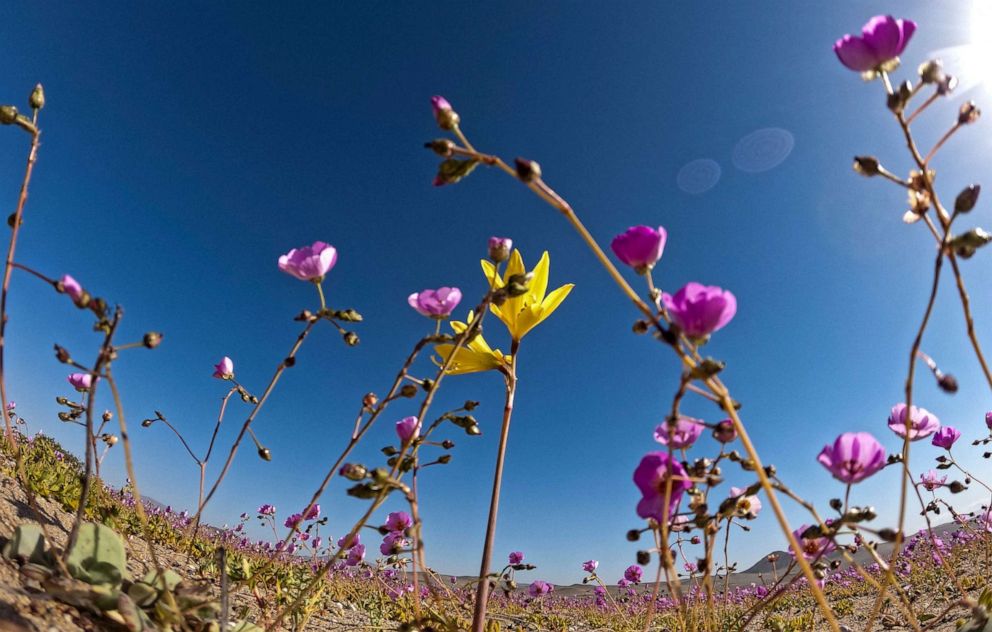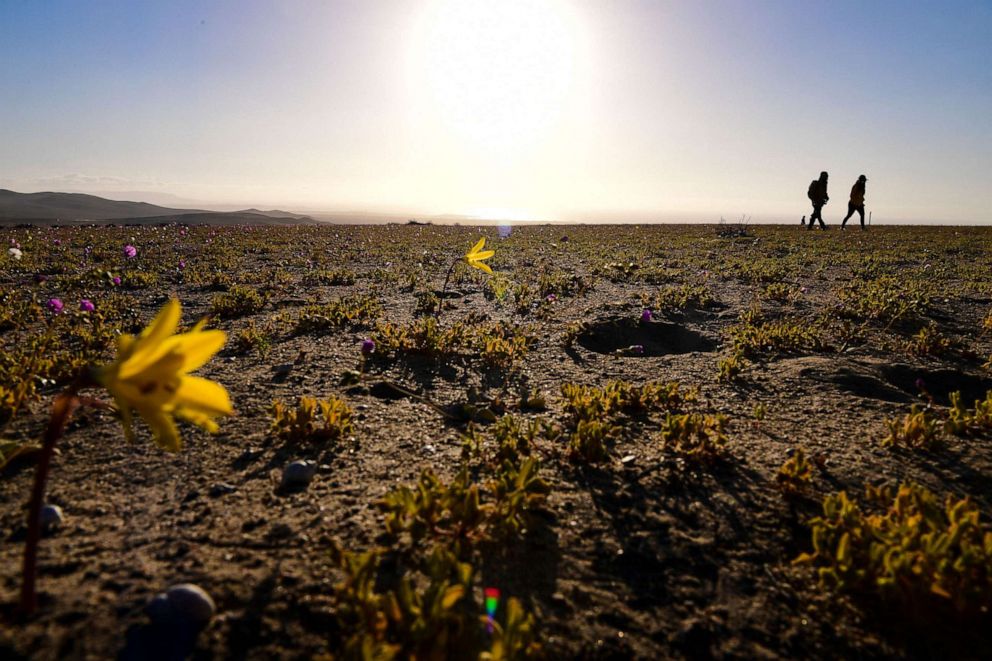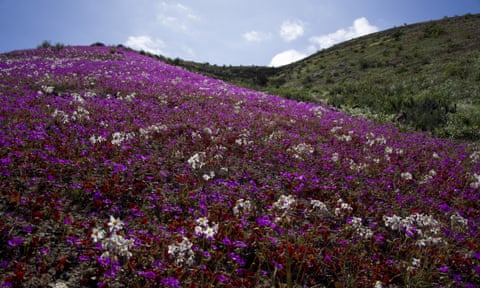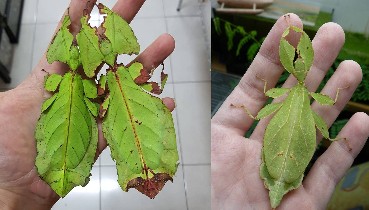
Amazing Nature
25 January 2024 ( 86 views )
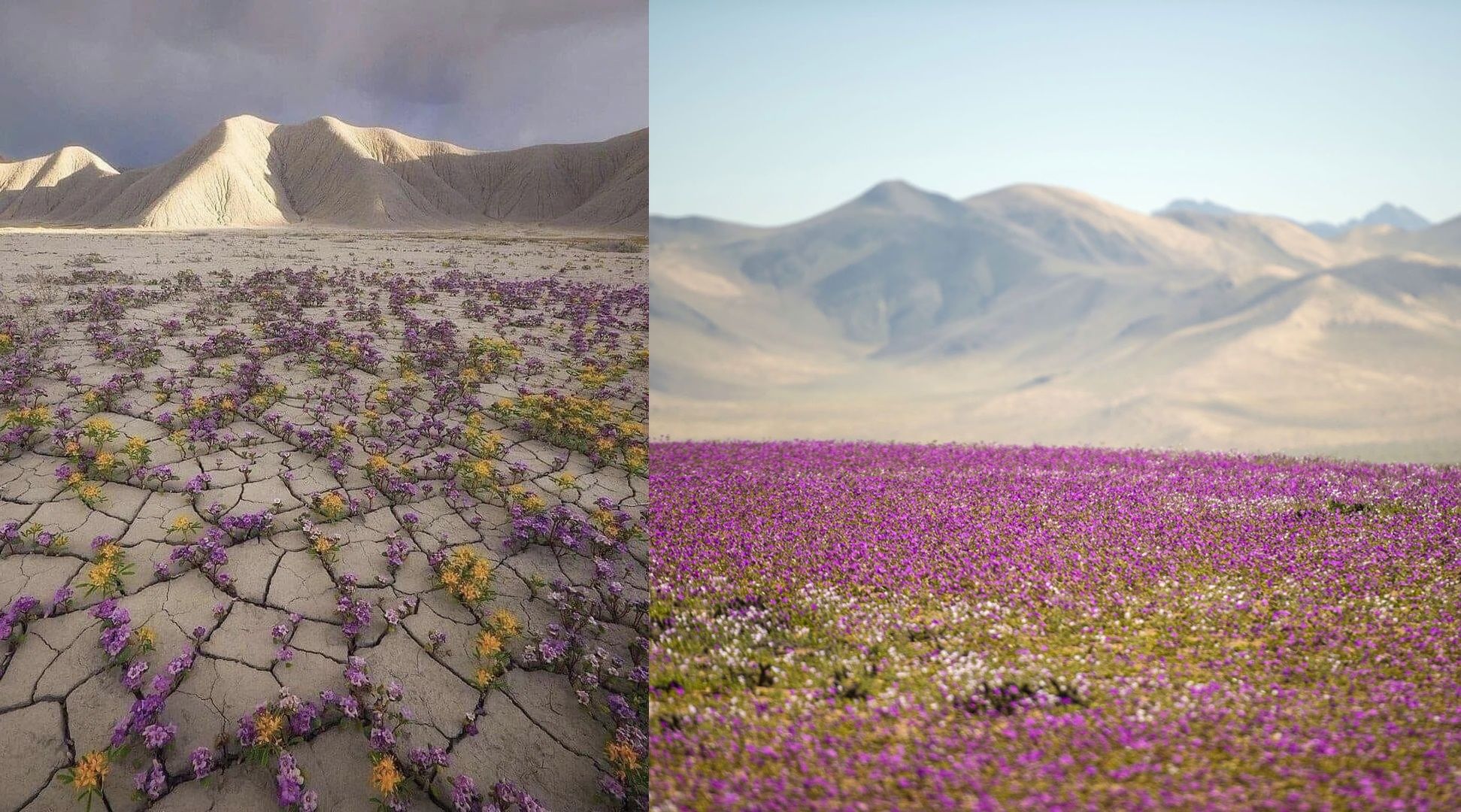
Advertisements
Atacama Desert bursts with color in rare wildflower bloom
A rare desert phenomenon is occuring in Chile.
The Atacama Desert in northern Chile is considered the oldest and driest desert on the planet.
Every five to seven years, this arid land explodes with new plant life during a rare phenomenon called a desert bloom.More than 200 types of wildflowers can grow in this desert, including the pink pata de guanaco and the yellow ananuca.
During a desert bloom, several thousand wildflowers blanket the area with color.
Recommended Videos
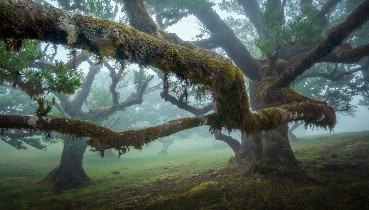 80 Beautiful Earth Pictures76 views
80 Beautiful Earth Pictures76 views Lybrook Fossil Area201 views
Lybrook Fossil Area201 views-
Advertisements
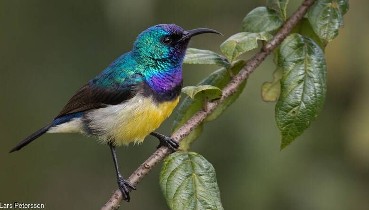 Male Variable Sunbird (Cinnyris venustus)202 views
Male Variable Sunbird (Cinnyris venustus)202 views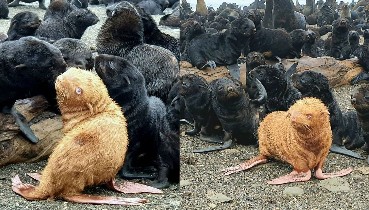 This “Ugly Duckling” Ginger Seal Became An Outcast In His Colony For His Unusual Looks212 views
This “Ugly Duckling” Ginger Seal Became An Outcast In His Colony For His Unusual Looks212 views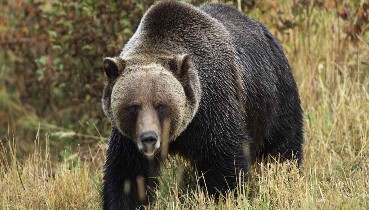 Photographer Helps Grizzly Bear Narrowly Escape Oncoming Train47 views
Photographer Helps Grizzly Bear Narrowly Escape Oncoming Train47 views 8 of the Biggest Flowers on Earth..555 views
8 of the Biggest Flowers on Earth..555 views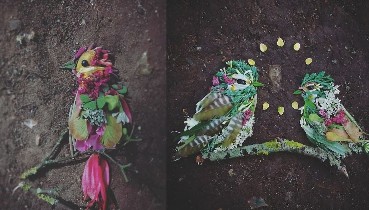 Land Artist Composes Beautiful Birds From Flowers And Leaves111 views
Land Artist Composes Beautiful Birds From Flowers And Leaves111 views These Amazing Striped Icebergs in Antarctica Look Like Candy59 views
These Amazing Striped Icebergs in Antarctica Look Like Candy59 views
Advertisements
